Atlantic Water Network: empowering communities to advocate for healthy waters
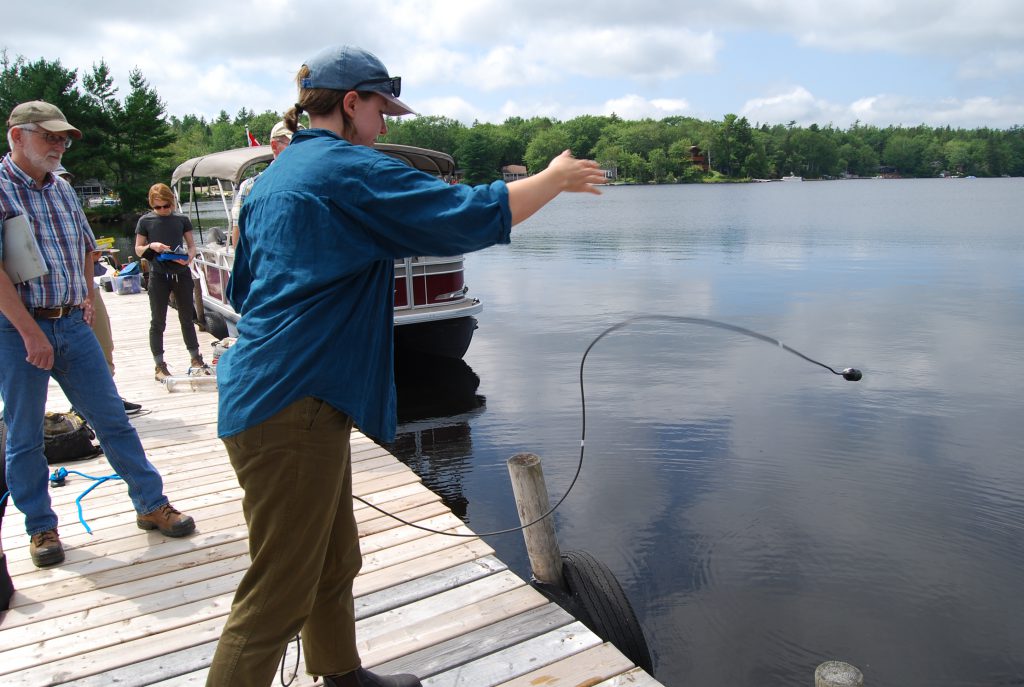
What powerful things can happen when people connect with each other to share knowledge and advocate for healthy waters? This is a driving question for Atlantic Water Network (AWN), a community-based water-monitoring hub located in Kjipuktuk (what is now known as Halifax). Listen to our full interview with AWN Project Director, Emma Wattie and Communications […]
New toolkit to support community-led Hunter/Harvester/Guardian programs in the North
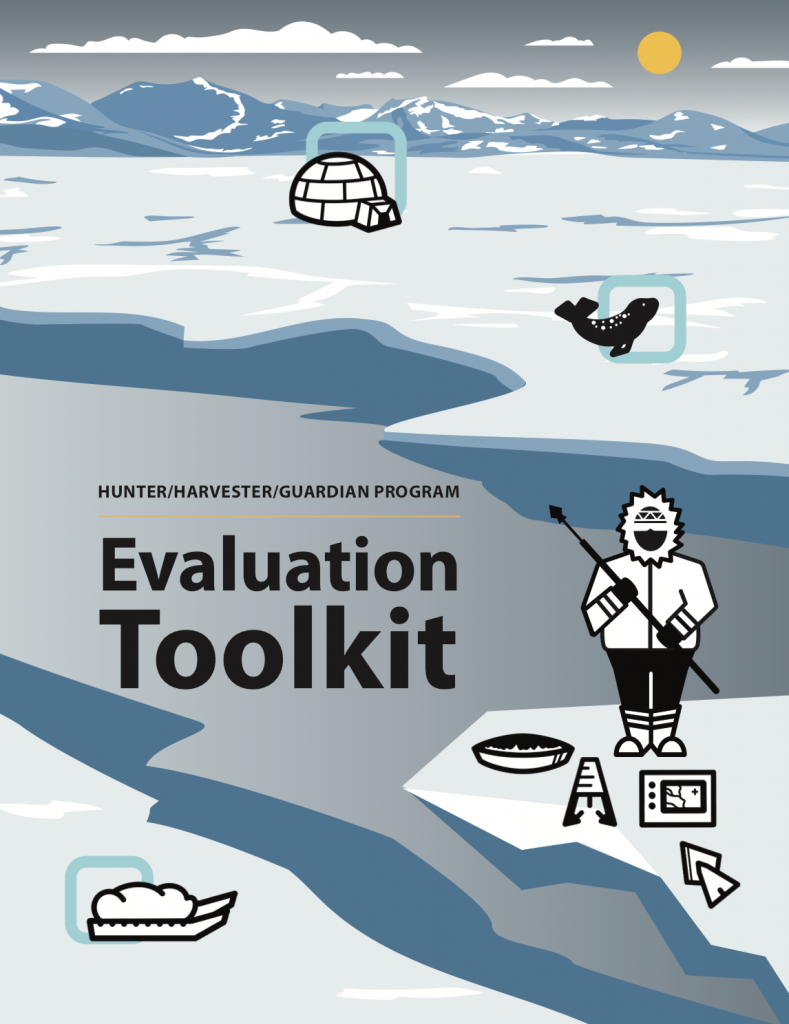
MakeWay and SRDC have launched a Hunter/ Harvester/ Guardian Program Evaluation Toolkit to support Indigenous communities in the North to plan, design, and implement evaluations to assess the impacts of their Hunter/Harvester/Guardian programs.
Canada still does not have a National Water Strategy! 7 reasons why now is the time

A new way of thinking about how we govern water in Canada is possible: a collaborative model with collaborative leadership at federal, provincial, municipal, and Indigenous governance levels, to ensure protection from the threat of pollution, overuse, and the climate crisis.
Reflections from the Arctic: On the importance of Inuit-led land and water monitoring programs
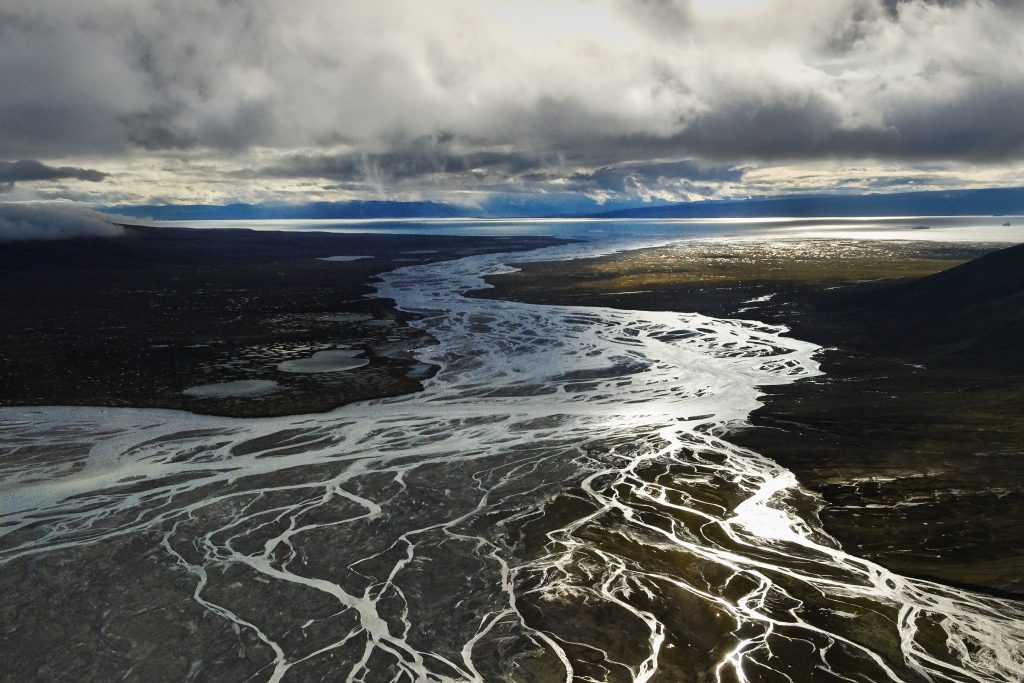
For some, the Arctic is considered the final frontier. It’s a place to explore and conquer. It’s a place filled with mystery and promise of more resources to extract and sell. For those of us who live here, our lands and waters are an extension of our family, a member of our community. We are […]
Howe Sound/Atl’ka7tsem Marine Reference Guide: protecting, restoring, and stewarding marine environmental health

[vc_row][vc_column][vc_column_text text_larger=”no”]Howe Sound/Atl’ka7tsem is an ecologically rich marine area that sits directly adjacent to the growing city of Vancouver. As such, it is representative of many parts of the world, where development and industry confront socio-ecological integrity. One of the newer projects on our shared platform, Howe Sound/Atl’ka7tsem Marine Reference Guide, is working hard to […]
NetPositive: reimagining resource development for local prosperity and sustainability

NetPositive is one of the newest projects on Tides Canada’s shared platform. We recently interviewed Project Co-Director Jane Church to talk about how NetPositive is working to reimagine resource development so that local communities see positive benefits and social change now and into the future.
Interview with Tara Marsden, Gitanyow Hereditary Chiefs Office

Gitanyow is a community nestled along the Kitwanga River in Northwestern BC. They are represented by the Gitanyow Hereditary Chiefs to establish modern treaties and implement First Nations conservation practices and land use planning for their territory. We interviewed Wilp Sustainability Director for the Gitanyow Hereditary Chiefs Tara Marsden and learned more about the Gitanyow model of long-term conservation planning, the significance of observing and adopting First Nations values and methods in conservation, and the importance of flexible, multi-year granting.
Ten years on – transition time for Give Green Canada

After 10 years, Give Green Canada (G2) is winding down at Tides Canada. We look back on the impact of the project and how it is transitioning to its next phase in 2018.
Why freshwater matters: Our Living Waters and MEC
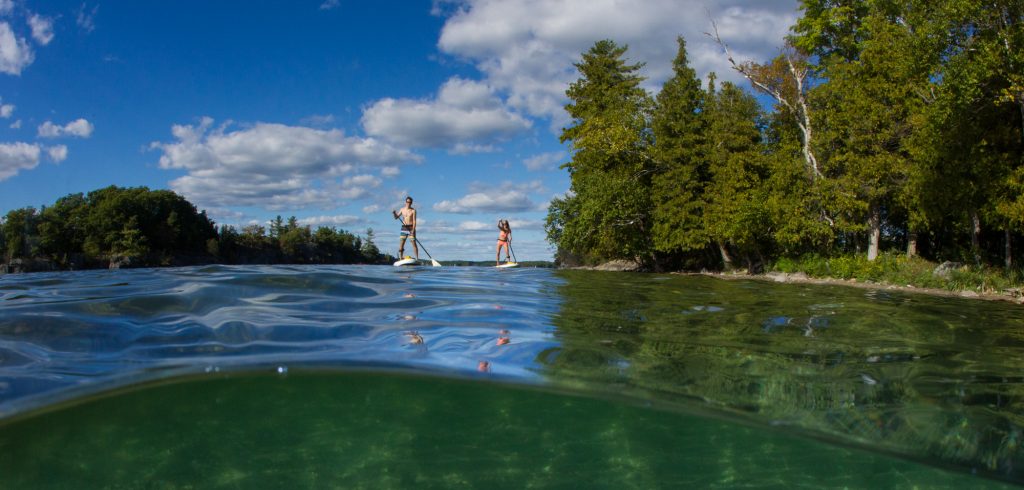
Our Living Waters (OLW) is a national water network that recognizes that achieving freshwater conservation requires the organization and alignment of diverse groups addressing freshwater issues. Outdoor retailer MEC is one organization deeply involved with OLW. We interviewed Meriko Kubota, MEC’s Director, Strategic Partnerships and Community Investment, to find out why freshwater is important in Canada and to MEC and its members.
New chapter in the Green Legacies Guide explores food and farmland
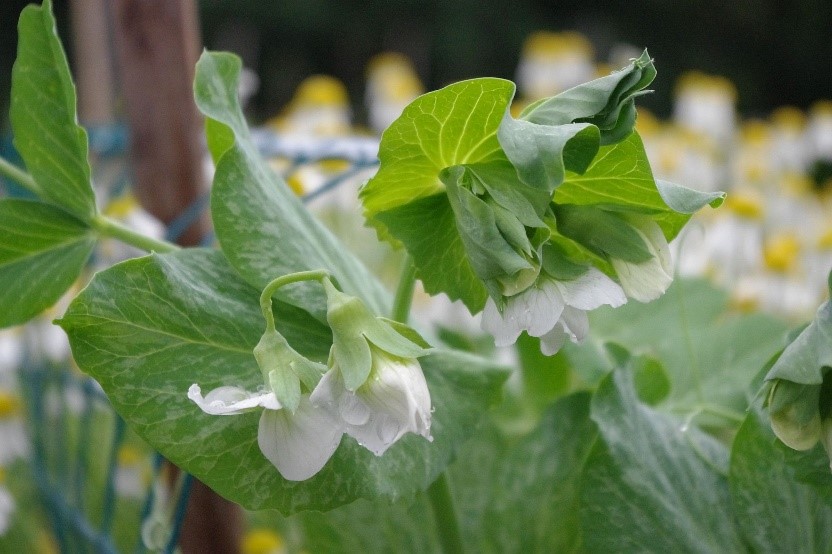
Shared platform project Give Green Canada (G2) is introducing a new chapter around foodland and farmland to add to the Green Legacies Guide. The Guide is a robust resource for professional advisors and for individuals who are contemplating making a gift to benefit the environment. The new chapter provides key context and essential information to potential donors to ensure a vibrant and growing future for foodland and farmland in Canada.